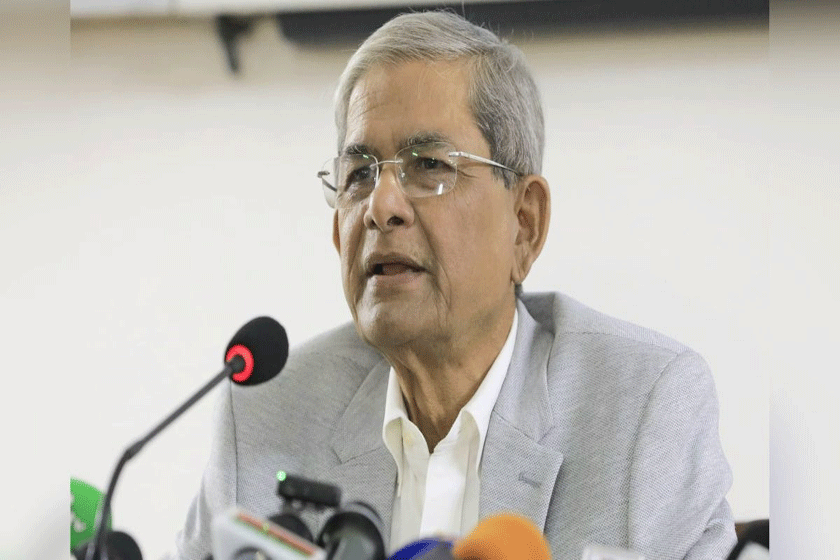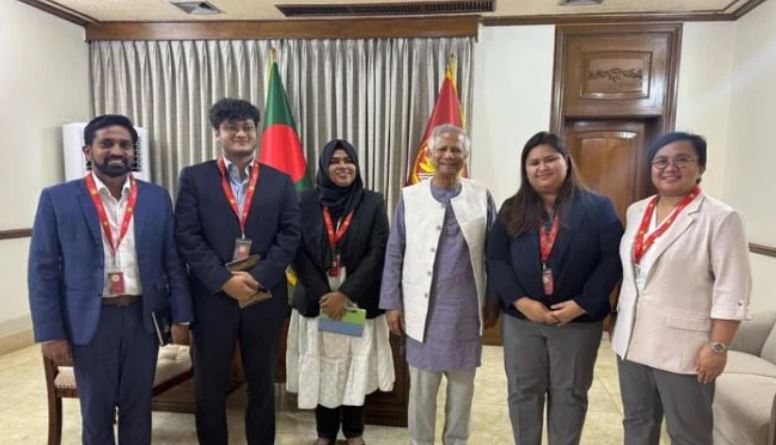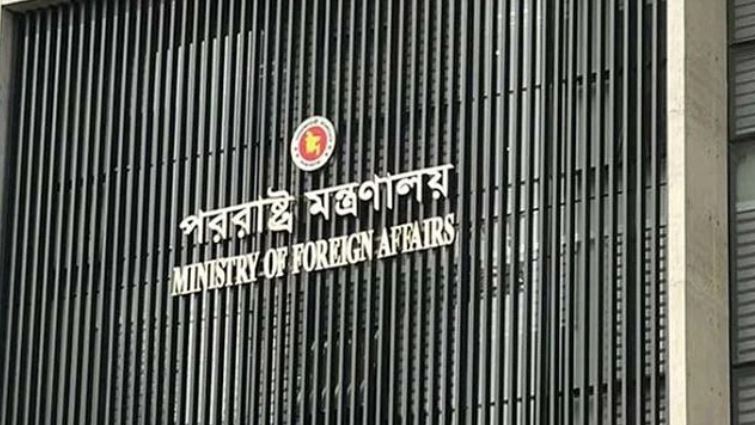
Power lines. COURTESY
Bangladesh is obviously a success story in terms of ensuring electricity for all parts of the country, and this has been possible for committed political leadership, backed by institutions with the capacity to deliver electrification.
The rapid growth of electricity access in Bangladesh is propelled by the country’s result-yielding electrification programme to reach universal electrification, say experts.
The Awami League government has made a tremendous success by ensuring electricity in all parts, including the remotest areas of the country within an era, thanks to Prime Minister Sheikh Hasina for materializing the dream of Father of Nation Bangabandhu Sheikh Mujibur Rahman.
Bangladesh is celebrating the birth centenary of Father of the Nation Bangabandhu Sheikh Mujibur Rahman and 50 years of Bangladesh’s emergence as an independent nation. Prime Minister Sheikh Hasina is committed to ensuring electricity for all within 2021 in line with the celebration and Bangladesh is now very close to fulfilling the commitment.
While challenges still remain to provide electricity to the rest of the population, Bangladesh is set to achieve the target of universal access to electricity. The country is doing extremely well on electrification.
Through ensuing electric lighting, the country makes the use of candles, kerosine, and other polluting fuels for lighting redundant. Policymakers are very much in the know that electricity can increase productive hours in a household in terms of education and economic wellbeing.
Officials and experts note that the country is able to supply electricity to 99.50 percent of the population so far and the power generation capacity is now well in excess of 25,200 megawatts (MW).
In 2009, when Awami League government took the power, the power generation capacity was only 4,942 MW and electricity coverage was only 47 percent.
Talking to BSS, Director General of Power Cell Engineer Mohammad Hossain said Bangladesh is now very close to ensuring electricity for all and within the ‘Mujib Year’, the country will able to achieve the target of 100 percent coverage.
“At first, I want to remember the Father of the Nation Bangabandhu Sheikh Mujibur Rahman who identified the power sector as a priority sector for ensuring the country’s economic freedom,” he added.
BANGABANDHU AND ELECTRIFICATION
Bangabandhu could easily realize that without a self-reliant power and energy sector, it would not be possible to uplift the fate of the country. He understood that energy and power is the life line for industrial and economic development.
Only six days before of the heinous assassination, Bangabandhu took a revolutionary decision to purchase all the resourceful gas fields from the foreign oil and gas companies.
On 9 August 1975, gas fields were bought although the economy was in a shamble after a nine-month long bloody war with the Pakistan Army.
There was crisis everywhere including the food sector. Only 4.5 million pound sterling had to be paid to acquire the ownership of Bakhrabad, Titas, Rashidpur, Kailashtila and Habiganj gas fields.
Even after four decades of fulfilling the ever increasing demands, these gas fields, once purchased so cheaply, started to contribute a staggering around 31percent of the country’s total production today.
Mohammad Hossain termed that it was a unique instance for Bangladesh to purchase resourceful five gas fields in exchange for such a meager amount of money during those days.
He informed that Bangabandhu formed the Power Development Board (PDB) and took a plan to ensure electricity for 85 percent rural people.
“Bangabandhu made the key foundation of the power sector. This is the first milestone for ensuring electricity for all,” he added.
ACHIEVEMENT IN THE LAST ERA
In 1996, coming to power, Prime Minister Sheikh Hasina took several initiatives to increase power generation capacity. Several organizations were formed by dividing PDB for creating competition among them aimed at reducing the system loss. In 2001, when the BNP-Jamaat came to power, the power generation capacity was 4,300 MW. But in 2009, power generation capacity reduced to 3,200 MW.
The new era started from that time. According to power cell data, currently the power generation capacity of Bangladesh stood at 25,227 MW with power connections increasing to 4 crore which was only 1.80 crore in 2009.
Now, the number of power plants reached to 149 from only 27 in 2009.
Mohammad Hossain said the government has already taken all sorts of initiatives, including installation of home solar systems and other renewable electricity generation, to provide electricity facility to rest of the remote areas.
ELECTRIFICATION IN REMOTE AREA
Smiles are overflowing among the faces of Akando Tripura’s family as they have now started getting facilities, like town, despite living in a remote village of hill district Khagrachari.
Akando Tripura, a dweller of the Mantri Para under Baguinchara union of the district, received a semi-pucca house from the government about four years ago. At that time, the government ensured electricity for him from the renewable sources, but around eight months ago, they received electricity connection from the national grid.
“Electricity has increased our living standard and made life easier. Earlier, it was very difficult to go outside from home at night. Now, we can easily move for meeting necessities. Our children can continue their study till late night. My old mother can move around the house even at night,” said Akando.
Not only Akando Tripura, but also 45 families of the Mantri Para are starting to enjoy the town facilities in remote village as per the Awami League election manifesto ‘My Village My Town’.
Talking to BSS, Chairman of the Khagrachari Hill District Council Mongsueprou Chowdhury said impressions of development are visible in every spare of life among the hilly people as tremendous development works are being taken place in the three hilly districts, Khagrachari, Rangamati and Bandarban.
“The government has already provided 40,000 solar panels among the people of remote areas. They are now using lights, fans and also television,” he added.
The electricity for all will also be ensured within short time as the government has taken another project, he added.
Project Director (Superintend Engineer) of the ‘Development of Power Distribution in Three Hill Tract Districts’ project Ujjal Barua said the government is working to ensure stable and reliable electricity supply in the three hill districts and to improve the socio-economic status of the population of the Chittagong Hill Tracts area.
To this end, he informed that the government has set targets to construct 12 new 33/11 KV substations, upgrade the four existing 33/11 KV substations, construct new 1525 km distribution line, renovate the existing 365 km distribution line and install 584 new three phase and single-phase distribution transformers.












0 Comments